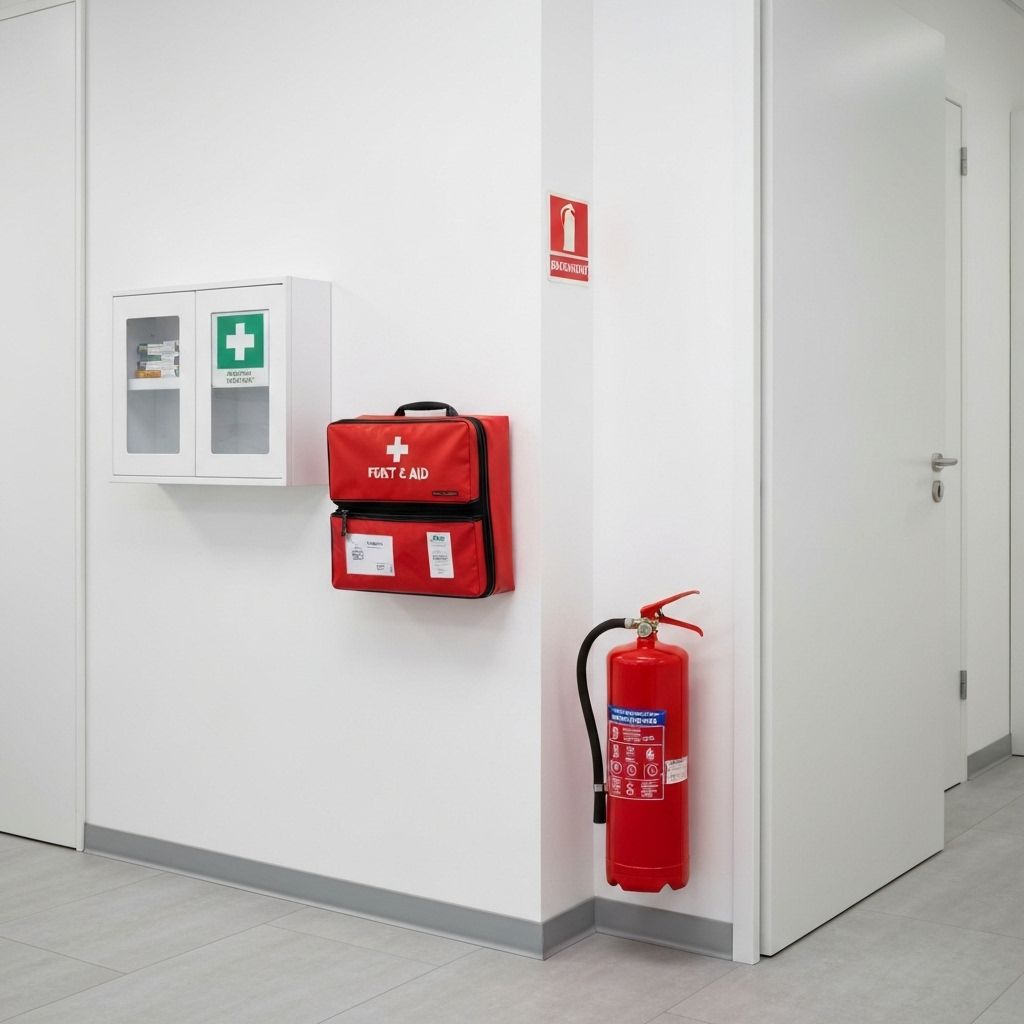The Ultimate Workplace Emergency Preparedness Checklist for UK Businesses

Every organisation needs a comprehensive emergency preparedness plan. Use this checklist to ensure you're ready to protect your employees when it matters most.
Communication Infrastructure
✓ Alert System Implementation
- Multi-channel notification system in place
- Regular testing schedule established
- Backup communication methods identified
- Contact information regularly updated
- Integration with UK Emergency Alerts Service (where applicable)
✓ Emergency Contact Lists
- Employee contact database maintained (compliant with UK GDPR)
- Emergency contact information collected
- Department-specific distribution lists created
- VIP and leadership contact protocols established
Emergency Response Protocols
✓ Evacuation Procedures
- Evacuation routes clearly marked and communicated
- Assembly points designated and communicated
- Evacuation drills conducted quarterly (and documented)
- Special needs accommodations planned and communicated
✓ Shelter-in-Place Protocols
- Safe rooms identified and equipped
- Lockdown procedures documented and practised
- Supply kits maintained (e.g., first aid, water)
- Communication during lockdown planned
Training and Education
✓ Employee Training
- Annual emergency response training conducted (covering UK-specific risks)
- New employee orientation includes safety protocols
- Department-specific procedures documented and accessible
- Regular refresher training scheduled
✓ Leadership Preparedness
- Emergency response team identified and trained
- Roles and responsibilities clearly defined
- Decision-making protocols established
- Media communication procedures prepared (in line with UK comms best practices)
Technology and Tools
✓ Alert System
- Platform selected and implemented (considering UK data protection laws)
- Admin access and permissions configured
- Message templates created (UK relevant scenarios)
- Integration with other systems completed (e.g., HR, security)
✓ Monitoring and Reporting
- Real-time threat monitoring enabled (e.g., weather, civil unrest)
- Weather alert integration configured (e.g., Met Office feeds)
- Incident reporting system established
- Analytics and reporting capabilities utilised for continuous improvement
Business Continuity
✓ Continuity Planning
- Critical business functions identified
- Remote work capabilities established and tested
- Data backup and recovery procedures tested
- Alternative work locations identified (considering UK geographical risks)
✓ Recovery Procedures
- Post-incident assessment protocols defined
- Recovery timeline templates created
- Resource allocation procedures established
- Communication during recovery planned
Compliance and Documentation
✓ Regulatory Compliance
- HSE requirements met
- Industry-specific regulations addressed
- Insurance requirements satisfied
- Legal obligations documented (e.g., Civil Contingencies Act, Health and Safety at Work Act)
✓ Record Keeping
- Incident reports maintained and accessible
- Training records documented
- Drill results recorded
- System testing logs kept
- Data handling compliant with UK GDPR
Regular Review and Updates
✓ Continuous Improvement
- Annual plan review scheduled
- Post-incident debriefs conducted
- Employee feedback collected and acted upon
- Best practices incorporated (UK specific where relevant)
✓ System Maintenance
- Software updates applied regularly
- Contact information verified quarterly
- Equipment inspected and maintained
- Backup systems tested monthly
Conclusion
Emergency preparedness is not a one-time project—it's an ongoing commitment to employee safety. Use this checklist regularly to ensure your organisation maintains a state of readiness and can respond effectively when emergencies occur.
Remember: The best emergency response is one you never have to use, but are fully prepared to execute if needed.
---
This article provides general guidance based on UK workplace safety principles and HSE recommendations.
Ready to Enhance Your Crisis Communication?
See how Is Everyone Safe can help protect your people during emergencies.